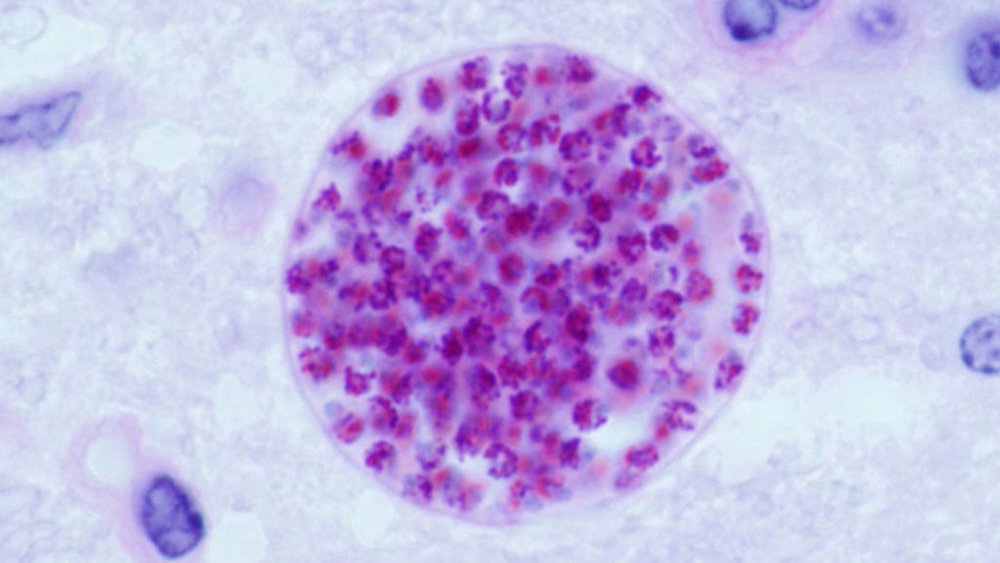
Jul 31, 2019 | Food Allergies, Microbiome
A selection of health news from the University of Chicago and around the globe curated just for you.
How the microbiome influences drug action
Through their effects on metabolism and immunity, bacteria in the gut affect whether medications will be effective for a given patient. Tom Gajewski featured. (The Scientist)
A groundbreaking study is good news for cats—and people
UChicago researchers studying the cat-poop parasite, Toxoplasma gondii, made a breakthrough that will spare a lot of felines from research. Rima McLeod featured. (The Atlantic)
UChicago cancer startup gets $22 million
The immunotherapy company, based on the research of UChicago’s Tom Gajewski, will be run from Boston. (Crain’s Chicago Business)
Can gut bacteria heal food allergies?
Recent scientific work suggests that food allergies have spiked in the past few decades because environmental changes have wiped out the gut bacteria needed for coping with allergens. Cathryn Nagler featured. (Elemental by Medium)
Graphene and germ combo paves way for futuristic tech
Researchers have created a method to produce graphene materials using a novel technique: mixing oxidized graphite with bacteria. (Futurity)

Aug 29, 2018 | Cancer, Commercialization, Microbiome, News Roundup
A selection of health news from the University of Chicago and around the globe curated just for you.
UChicago awarded $1 million grant to study microbiome dynamics
Researchers from UChicago have received a $1 million grant from the W.M. Keck Foundation to study how the molecular activity of the microbiome changes in response to the environment. Eugene Chang and Tao Pan featured. (The Forefront)
Reliable point-of-care blood test can help prevent toxoplasmosis
A recent study, performed in Chicago and Morocco found that a novel finger-prick test can accurately predict infection with the parasite Toxoplasma gondii during pregnancy. Rima McLeod, whose broader work is reported in an earlier WellNews post, featured. (The Forefront)
‘Zombie gene’ protects against cancer—in elephants
With such enormous bodies, elephants should be particularly prone to tumors. But an ancient gene in their DNA, somehow resurrected, seems to shield the animals. Vincent Lynch featured. (New York Times)
Hospital bacteria are starting to tolerate hand sanitizer
Strains of bacteria have developed increased tolerance to the alcohols in hand sanitizers, which requires hospitals to rethink how they protect patients from drug-resistant bacteria. (Futurity)
Oxalo Therapeutics among recipients of scholarships from drug accelerator
Cydan II Inc., an orphan drug accelerator dedicated to creating therapies that impact the lives of people living with rare genetic diseases, announced it has selected four start-up organizations and companies, including Oxalo, to receive $5,000 scholarships to support innovations that impact the lives of people with rare conditions. (BusinessWire)

Jan 17, 2018 | Vaccination
By Elise Wachspress
Americans often associate parasite infections with poorly resourced communities in underdeveloped countries. But some parasites are not uncommon in the U.S.
Toxoplasma is one which many Americans may not hear about until a prenatal visit—even though over 60 million people in the U.S. are infected. The usually mild indications of infection are generally not recognized as “symptoms,” and for healthy individuals, the parasite usually retreats into self-enclosed cysts in the brain, eye, or muscles.
But for those with weak or underdeveloped immune systems—like those with cancer, HIV, or especially a fetus—Toxoplasma is quite dangerous. In a fetus unwittingly exposed via its apparently healthy mother, the infection can cause death, loss of sight, or severe neurologic deficits.
Vulnerability usually arises when the mother is exposed to Toxoplasma for the first time during her pregnancy, before her body can generate the immune response to sequester the parasite into cysts. Pregnant women are thus advised not to handle or eat raw or undercooked meat, seafood, or milk and to avoid exposure to material potentially contaminated with cat feces, including soil. Of all the many animals that can be infected with Toxoplasma, members of the cat family are the only ones in which the parasite reproduce sexually, and kittens are the most likely to excrete active parasites.

Left: a form of toxoplasmosis-causing parasite that can be transmitted through the placenta to a fetus. Right: Toxoplasma parasites (green) inside a cyst. (Rima McLeod/University of Chicago)
Rima McLeod, MD, medical director of the University of Chicago Medicine Toxoplasmosis Center and a professor of both ophthalmology and pediatrics, has spent a good part of a very active career on these one-celled animals. She and the international teams with whom she works—many of which she leads—have looked at Toxoplasma from a variety of angles: its epidemiology (Are fathers of babies with the infection likely to have it? Yes.), new animal models (Zebra fish, with their short lifespans and transparent bodies, are proving helpful for drug testing), diagnosis, treatment, and very importantly, vaccines.
Diagnosis
In France and Austria, where prenatal screening for Toxoplasma is the law, symptomatic disease has been nearly eliminated. One of McLeod’s research teams recently made a strong economic case for using an inexpensive, point-of-care diagnostic test, developed and approved in France, for all pregnant women, not only in the U.S., but in low- and middle-income countries as well. They found this simple immunological test 100 percent sensitive and specific. The cost factor is especially critical, as the test should be repeated monthly over the course of pregnancy, to identify any potential exposures while the baby is developing—the worst possible time to come in contact with these tiny animals. Babies infected with active Toxoplasma can then be treated effectively.
Unfortunately, Toxoplasma cysts, commonly located in the muscles, eyes, or brains, are usually permanent—so far, nothing can reliably eradicate them. This leaves anyone who carries the cysts—babies or adults—vulnerable to attacks from escaping parasites when immunity is low—think cancer, HIV, malnutrition, treatments for autoimmune disease.
Finding effective drug treatments that work on the cysts is therefore a priority, and McLeod and colleagues have identified a small molecule that inhibits both the parasite’s dormant and active phases—a molecule which also appears to have significant relevance in attacking the malaria parasite. A child dies of malaria every eleven seconds, with up to half a million children lost every year, so synthesizing this molecule into a viable drug could improve or save billions of lives. McLeod is now working with the Polsky Center for Entrepreneurship and Innovation to get their help in developing a safe, effective oral medicine that protects against both diseases.
A Vaccine—or Several—on the Way
McLeod and her many collaborators are advancing several vaccination strategies. One approach is to vaccinate cats so they don’t shed the parasite, which will prevent environmental contamination with Toxoplasma in their hardiest, most infectious stage.
She is also leading an effort aimed at developing a human vaccine against the parasite. The self-assembling protein nanoparticle her team has designed and produced has been proven to work in mice with human genes, although there is still work to be done to assure the vaccine works in people.
A Key to Many Diseases?
Perhaps most tantalizing is McLeod’s “systems biology” research. She has been leading a large team assembled from around the world to create a comprehensive analysis of the toxoplasmosis-infected brain, from the genes that cause disease susceptibility; to the proteins those genes encode; to how these molecules affect the neural, immune, and endocrine networks; to identifying biomarkers of infection and disease.
They have found significant crossover between the biochemical pathways involved in toxoplasmosis and those in many other neurological disorders: proteins associated with the neurodegeneration in Parkinson’s and Alzheimer’s diseases, others involved with epilepsy, and still others involved in cell proliferation and cancer. Thus, deep discovery in the basic science of toxoplasmosis may offer a roadmap to understanding many neuropathologies and give clues to treat or prevent them.
Who knew that a parasite that causes brain cysts could be so useful?
Photo above: Microscopic cysts containing Toxoplasma gondii develop in the tissues of many vertebrates. Here, in mouse brain tissue, thousands of resting parasites (stained red) are enveloped by a thin parasite cyst wall. (Jitinder P. Dubey/Wikimedia Commons)
Elise Wachspress is a senior communications strategist for the University of Chicago Medicine & Biological Sciences Development office







